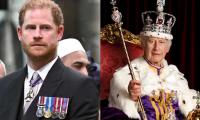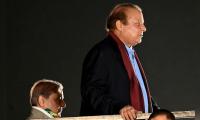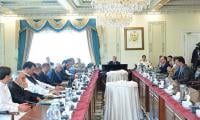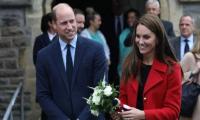The national flag is considered the most important identity of any country and every nation is supposed to even offer sacrifice for the glory of the national flag.
The national flag of Pakistan was presented to Quaid-e-Azam Mohammad Ali Jinnah for approval during a meeting of the Constituent Assembly on August 11, 1947 just a few days before Independence. At that critical time, some extremist elements were creating anarchy on the basis of religious discrimination. However, Quaid-e-Azam, in his address, assured all people of the state's responsibility to provide protection. According to him, there would not be any kind of religious discrimination in the Muslim-majority Pakistan. As a result, a large number of Hindu families postponed their plans of migrations and declared Pakistan their Dharti Mata (Beloved Motherland).
Quaid-e-Azam had decided to adopt the green crescent flag as the national flag of Pakistan. The green colour was representative of all Pakistani citizens, including majority and minority communities. Later on, a strip of white colour was added in the national flag and thus, the national flag was also divided among majority and minority representation. On various occasions, I have highlighted that white colour should be considered a symbol of peace.
Similarly, has anyone ever examined why the direction of moon and star is on the opposite side in the official logos of Pakistan and other state institutions including, the National Assembly, the Pak Army, the Supreme Court and the FIA, etc? This is also because the moon and star in the national flag approved by Quaid-e-Azam were on the left side whose direction was later changed. According to astrologists, there is a significant impact of one's name on the personality of any person or nation. The crescent moon in the left direction phase increases its size every night and thus, succeeds to transform itself into a full moon. Therefore, the original crescent in our national flag was in fact reflecting progress and development.
When the issue of protection of Pakistani non-Muslim minorities was presented a few years ago before the honourable Chief Justice Tassaduq Hussain Jillani, he summoned me to update him about the facts based on ground realities. I informed him that all patriotic non-Muslim citizens living all over the country considered Pakistan their motherland. We understand that there are some extremist elements present in every country and society who propagate hatred against vulnerable minorities.
Although we consider ourselves safe in Pakistan, there is a need to acknowledge the role and sacrifices of non-Muslim Pakistani nationals for the betterment of Pakistan. The chief justice agreed with my stance that our curriculum should be free from hate material. However, it is quite unfortunate that despite six years to the landmark decision of the Supreme Court, our curriculum still contains hate content. Our younger generation must know about the real heroes of the Pakistan Movement.
Similarly, after Independence, the first prime ministers of Pakistan and India, during the signing of the Liaquat-Nehru Accord, agreed that local minority nationals would be appointed to look after the evacuee properties. The then chief justice of Supreme Court Saqib Nisar, in response to my point of view, also directed that the chairman of the ETPB must be appointed from Hindu community. Alas, there has been no progress so far.
It is my sincere wish that our national flag always stand high among all the flags of the world. That is why, on behalf of the Pakistan Hindu Council, I had installed the world's largest national flag made of balloons at the floor of parliament on the occasion of Independence Day celebrations last year. The Guinness Book of World Records has also issued an official certificate to acknowledge this.
Today, we must analyse why the countries that got independence after us are now more developed and advanced than Pakistan. I also would like to appeal to every citizen to join hands to work hard for the development and prosperity of Pakistan according to the vision of Quaid-e-Azam Mohammad Ali Jinnah.
The writer is a member of the NationalAssembly and patron-in-chief of thePakistan Hindu Council.
Twitter: @RVankwani
People stand in line up as election officials check their ballot papers during voting general election at a polling...
Women show their voter identity cards as they stand in a queue before casting their votes in Agartala. — PTIThe 18th...
Former prime minister Imran Khan. — Instagram/ imrankhan.ptiAn old saying has it that “when you dance with the...
Kashmiris in Indian illegally occupied Kashmir protesting against the Indian occupation as the forces of India looked...
A representational image showing residents walking at a wholesale market in Karachi. — AFP/FileOnce again there is...
A representational image showing late Pakistani human rights activist and Supreme Court lawyer Asma Jahangir. —...







